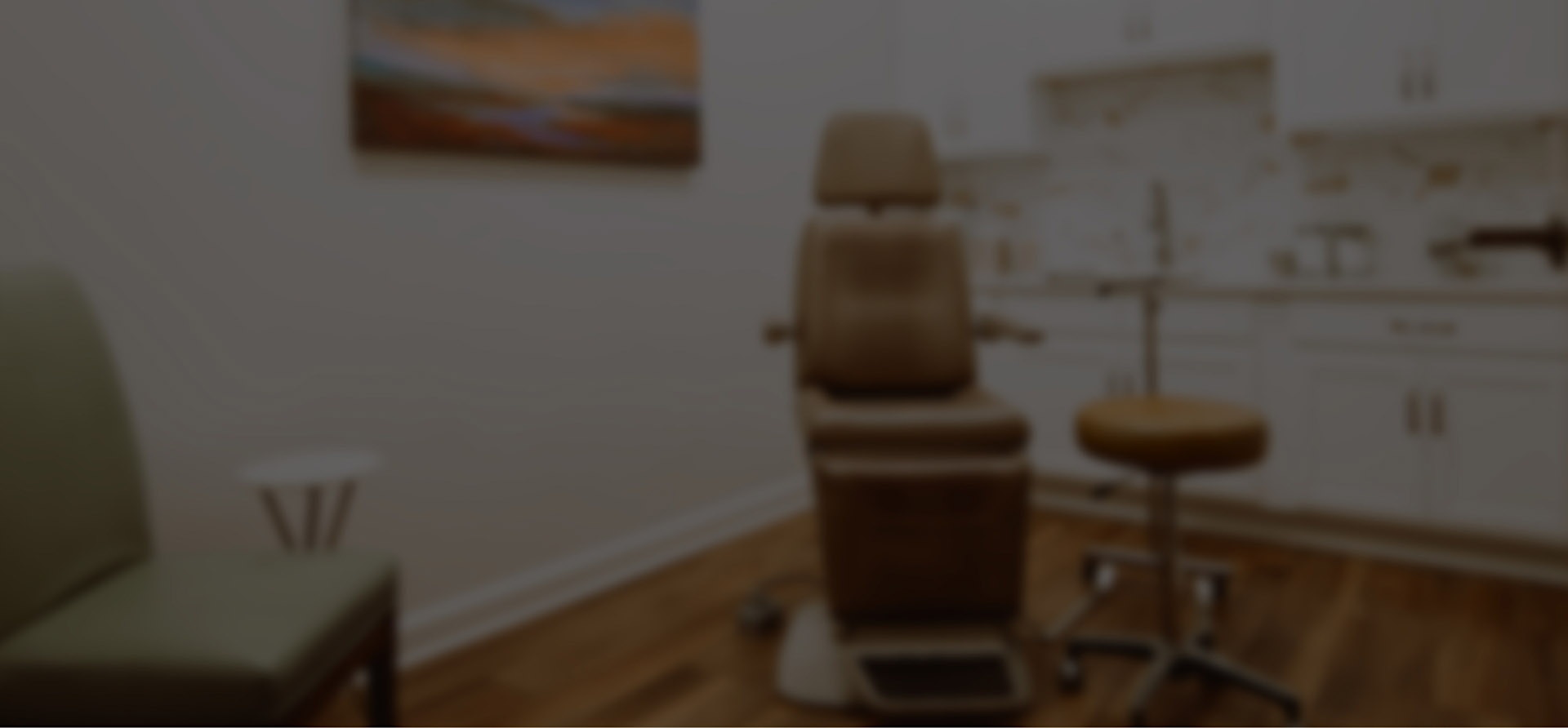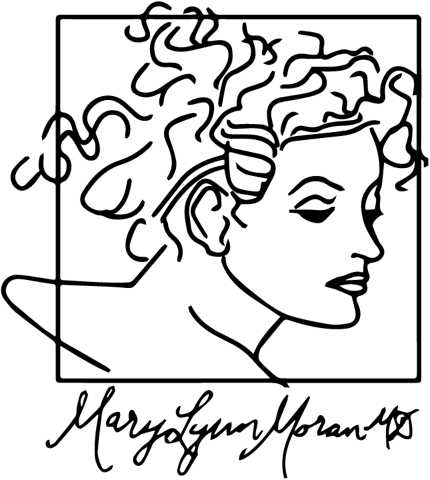A new ultrasound treatment, Ultherapy is the only non-invasive (non-surgical) procedure that is FDA-approved for tightening, lifting, and toning neck, chin, and face skin.
Non-Surgical Skin Tightening with Ultherapy
Ultherapy uses the safe, time-tested energy of ultrasound to stimulate the deep structural support layers of the skin—including those typically addressed in a surgical facelift—without disturbing the surface of the skin. There’s no downtime, no foreign substances, no radical change. While ultrasound does not duplicate the results of surgery, Ultherapy has proven to be an inviting alternative for those who are not yet ready for surgery. Continue reading to see what Ultherapy in Nashville can do to enhance your image!







